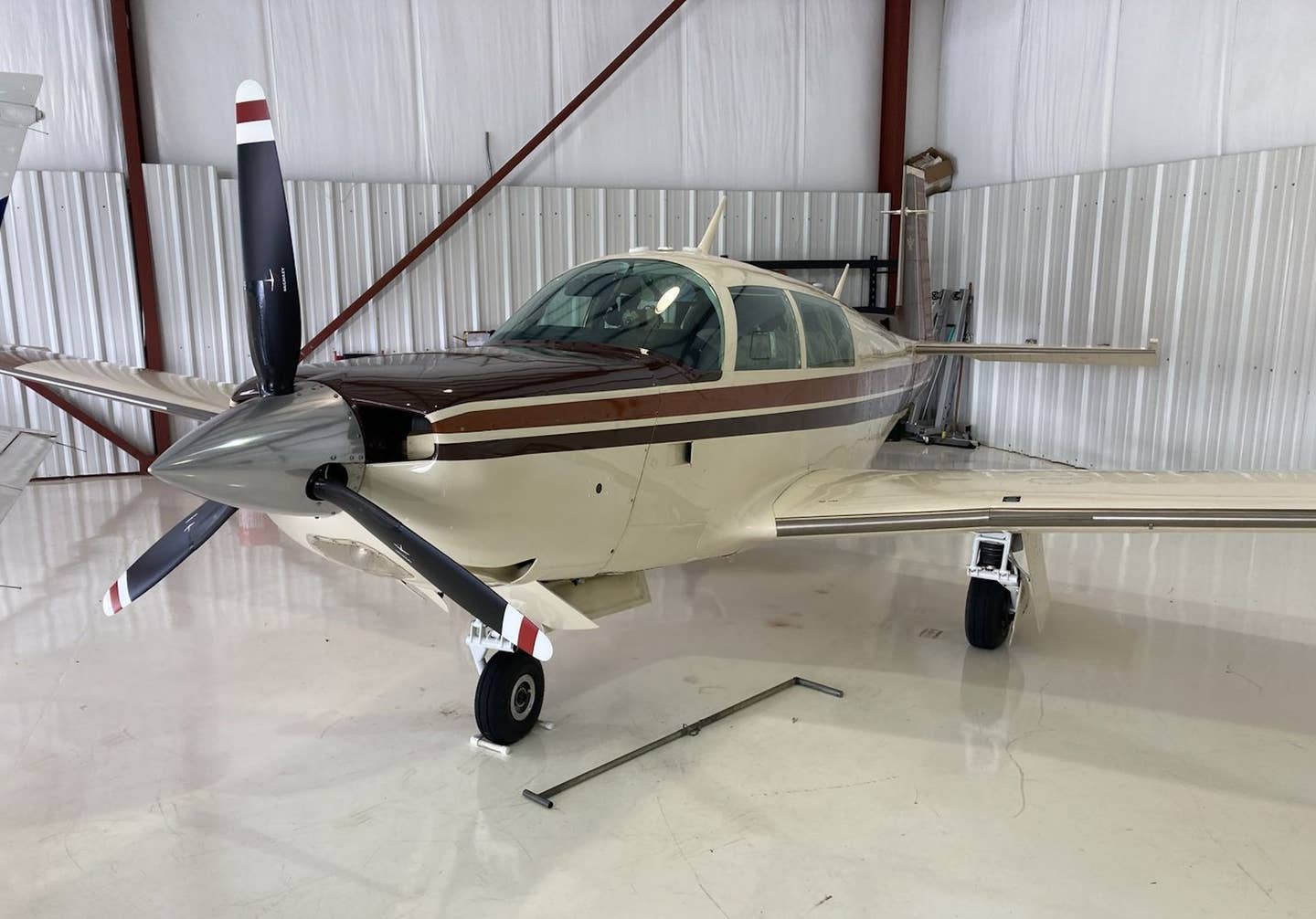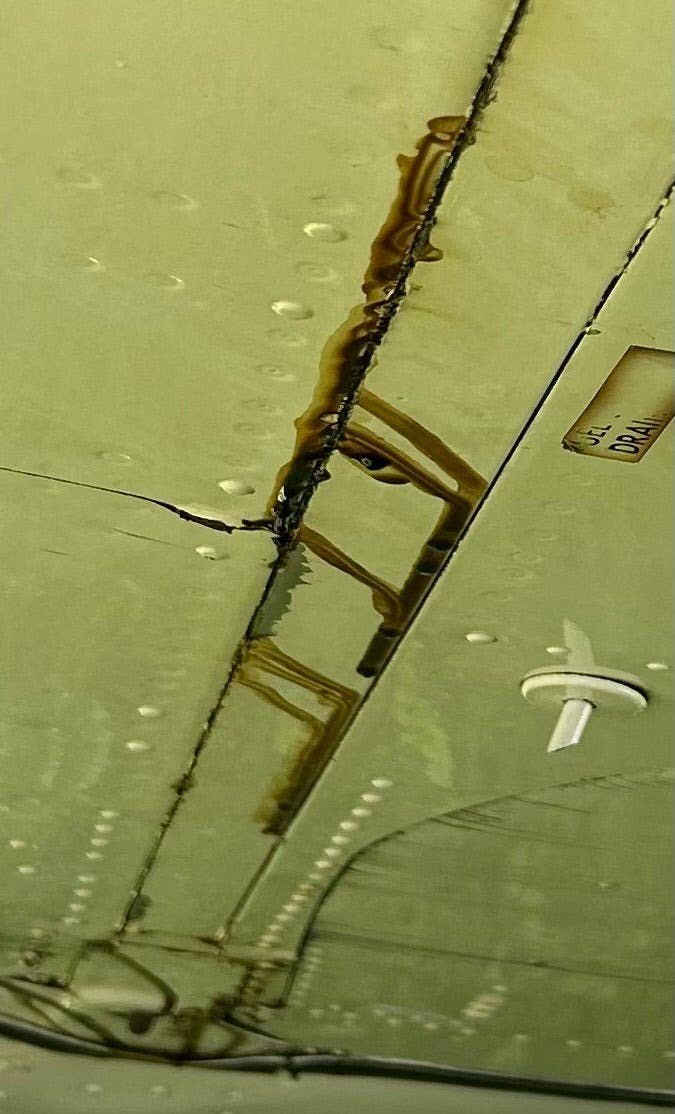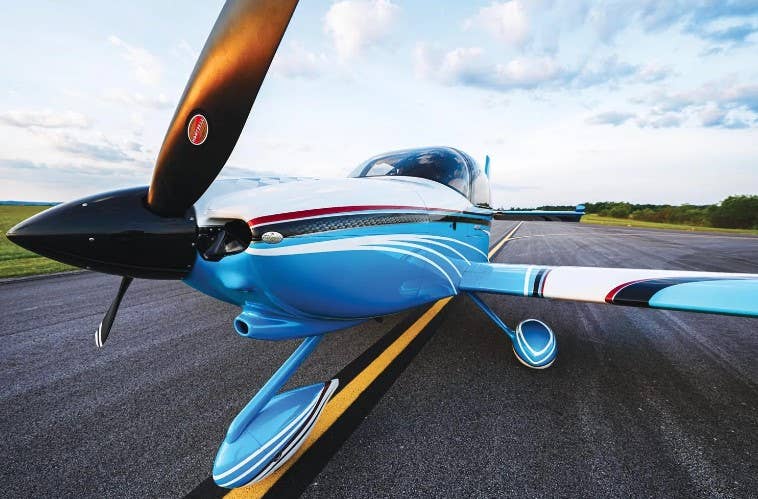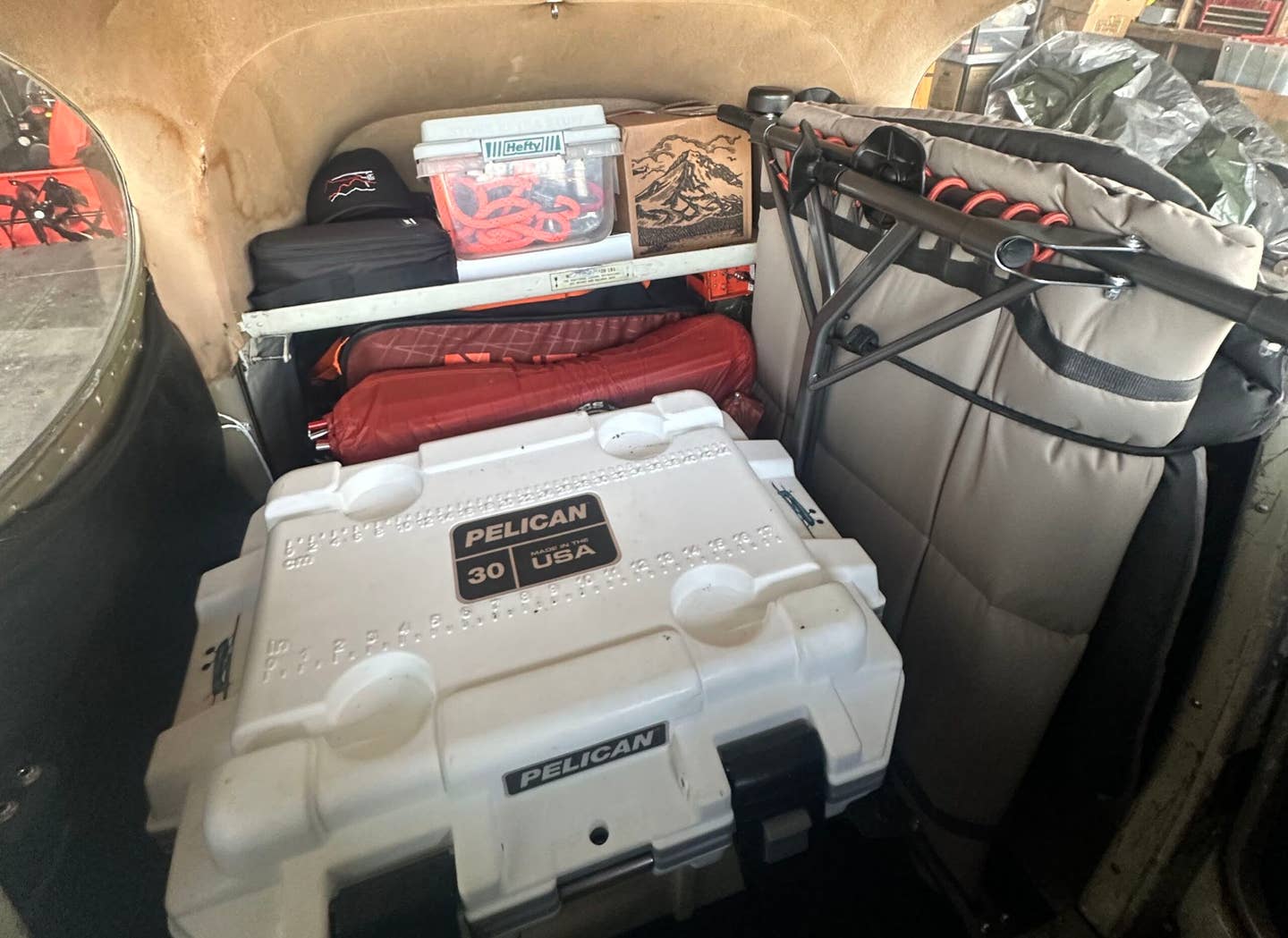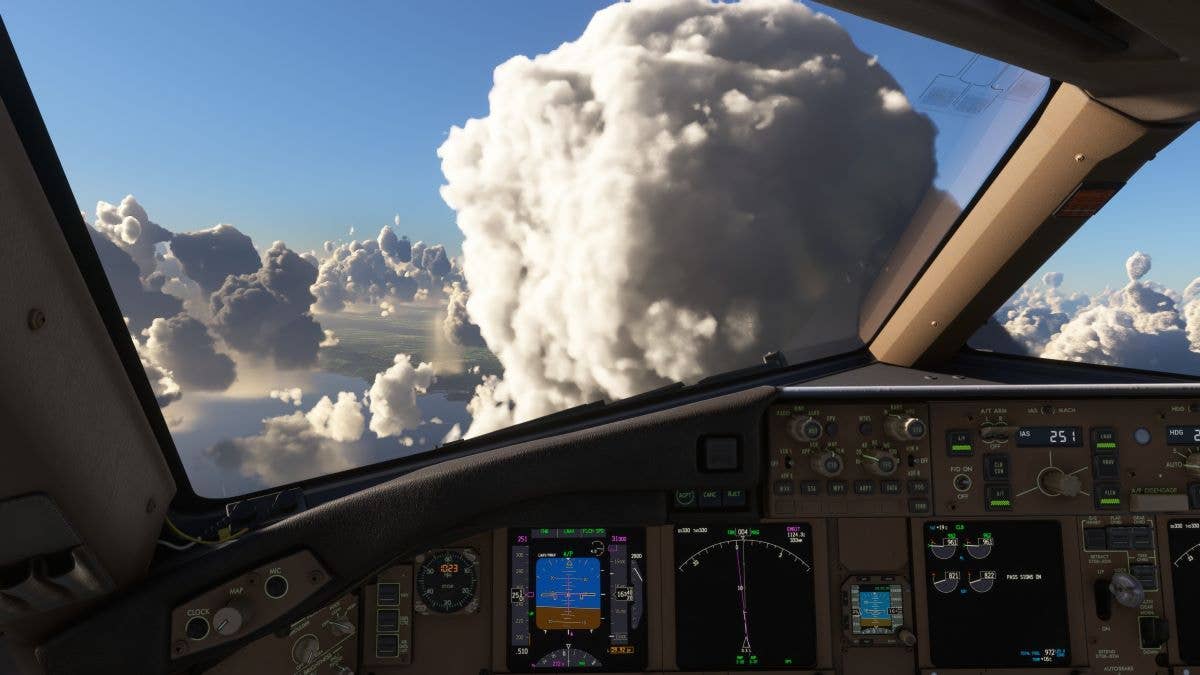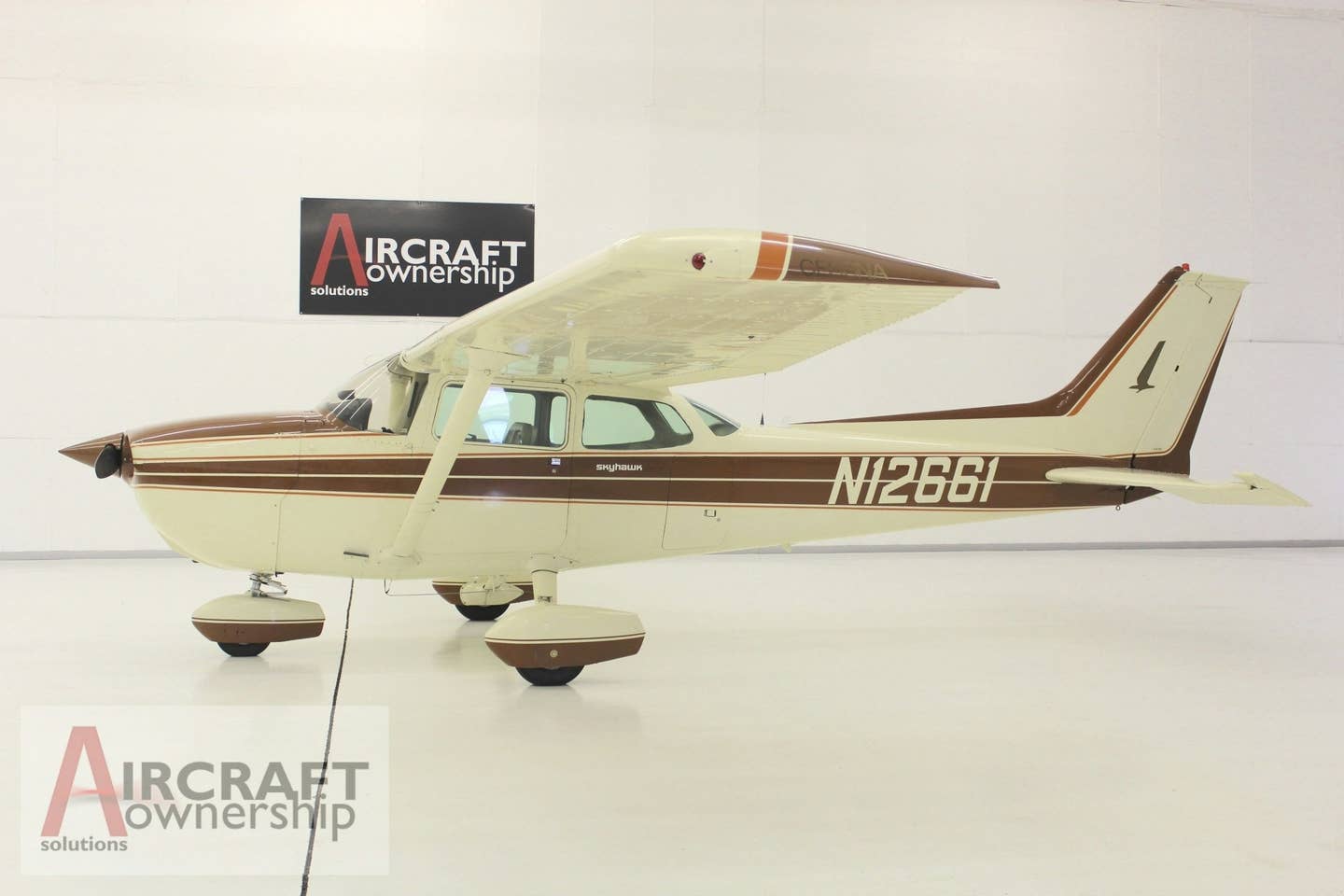Our Pilots of the Future May Share Sim Stories
Digital experiences continue to drive interested people into real-world aviation.
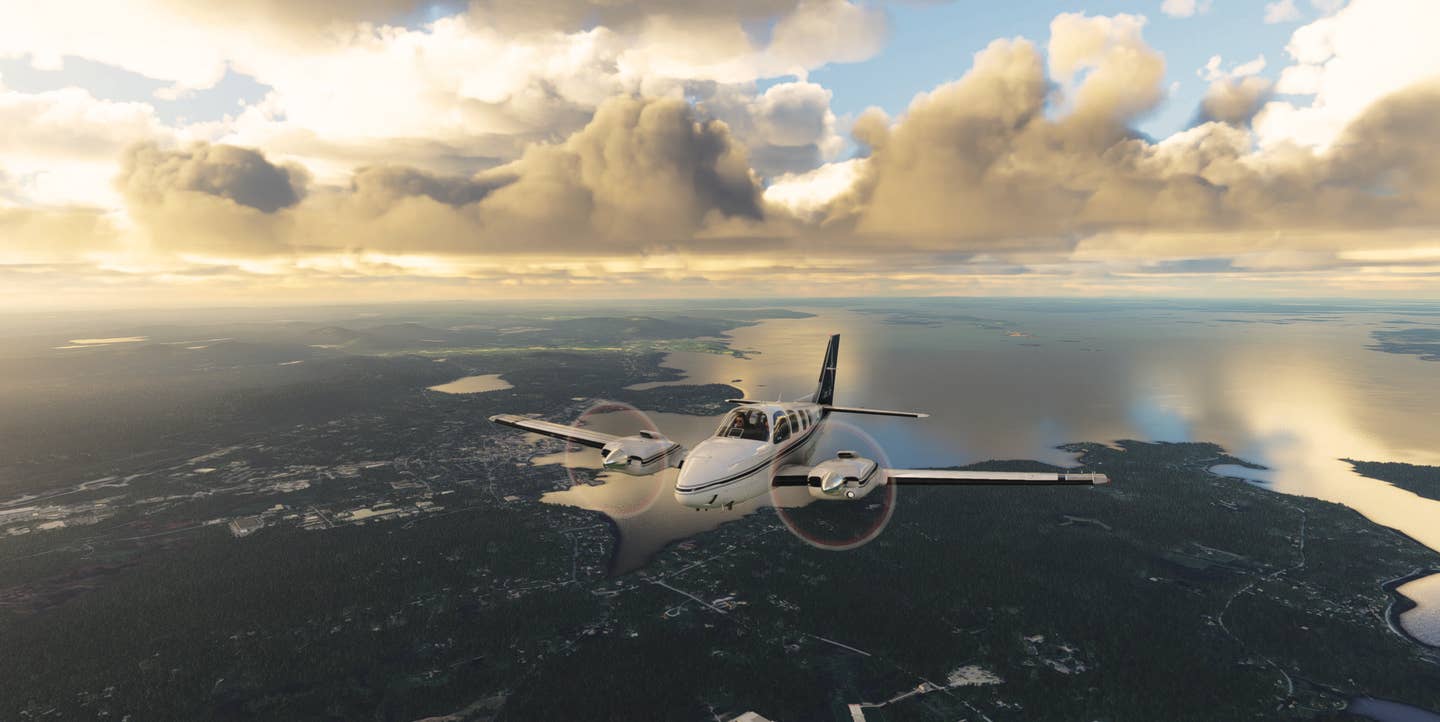
In the author’s youth, he rewound videos of ‘Memphis Belle’ to feed his flying dreams. Now we have sims. [Courtesy: Sean Siff/Microsoft Flight Simulator]
My introduction to the world of aviation occurred on an afternoon in fall 1990, when I was 7 years old. I remember it clearly. My childhood best friend and I were taken to the local movie theater in Concord, New Hampshire, to see Memphis Belle. Although it was rated PG-13, my best friend’s father was our chaperone, and I believe he hoped the film would open our eyes to the seriousness of air combat. He was a U.S. Navy pilot during Vietnam, flying the Douglas A-4 Skyhawk, and served as a captain at Delta Air Lines, flying the McDonnell Douglas MD-80.
At the beginning of the film, a B-17 returning from a World War II mission makes a low pass over the Memphis Belle’s aircrew playing touch football at their base, signaling the return of the squadron. The beautiful shape and proportions of the B-17 and the unmistakable sound of those four Wright R-1820 engines thundering over me in the theater made the most indelible impression, and my love for aviation began at that very moment.
If you're not already a subscriber, what are you waiting for? Subscribe today to get the issue as soon as it is released in either Print or Digital formats.
Subscribe NowIn spring 1991, David Tallichet, the pilot/owner of N3703G, one of the B-17s flown in the film—the other was Sally B—brought it to Concord Municipal Airport (KCON), and I waited in line one rainy afternoon to tour the interior with my mother and grandfather, all three of us climbing up the steep ladder into the hatch located below the cockpit on the pilot’s side. One of my favorite early memories was pausing with my grandfather behind the pilot’s seat as he patiently answered my questions about the dizzying array of instruments, levers, and switches in the cockpit. As a boy, it looked impossibly complicated, but I was intensely fascinated.
After the tour, I purchased a poster at the souvenir stand that Tallichet politely signed for me. At nearly 70, he was gallant in both appearance and manner and spent some extra time with my grandfather and I, taking us around the exterior of his B-17 while he and my grandfather compared notes on their flying experiences. During WWII, Tallichet was a copilot of a B-17 in the 8th Air Force, completing 20 missions. After the war, he became a successful businessman and amassed an impressive personal collection of military aircraft.
Before we departed his company, Tallichet asked if I wanted to fly when I grew up, and I automatically answered yes. Standing between him and my grandfather, who wouldn’t aspire to what each had accomplished as pilots? That poster with his autograph hung in my childhood room until I went to college.
After that close encounter with the movie Memphis Belle on the ramp, I drove my friends and family crazy by asking to rent the film at least once per month, watching it until I could recite most of the dialogue with my sister. Without YouTube in the mid-’90s, there was no easily accessible footage of what it looked like to fly a B-17 from the pilot’s seat, so I repeatedly rewound the videocassette to watch the flying sequences to try and understand how it all worked. In 1993, a friend of mine in the neighborhood heard me talking about the movie and invited me over to his house after school. He owned an early PC with a color monitor and had a copy of the recently released combat flight simulation called B-17 Flying Fortress: World War II Bombers in Action by MicroProse. This was my first flight sim experience of any kind, and I had so much fun trying to fly the B-17 that I didn’t move from the cockpit to try the other crew positions. The cockpit and the gunner stations on the bomber were faithfully modeled as much as was possible at the time. For example, in the waist gun position, you could look toward the front of the B-17 and see the wings, round engine nacelles, and propellers spinning. Your role in one of the gunner positions was to defend the Flying Fortress from attacking enemy fighter aircraft. All of this sounds rudimentary today, but the missions, crew stations, and color animation were created in the early 1990s.
Experiencing the B-17 combat simulator came at a critical and impressionable time in my childhood, and I can still remember the thrill. In speaking with many pilots I have met over the years, a lot of us had a chance to try a home flight sim that served as a connection and an on-ramp to the larger world of aviation. For me, using a flight sim was a lot of fun, and it only made me more excited to try my first real-world flight lesson when I turned 14.
Back during the late ’90s, Chris Palmer—aka @AngleofAttack and a CFI who now runs a successful general aviation training business and popular aviation YouTube channel from his home airport in Homer, Alaska—started flying the European Air War WWII combat simulator. Palmer remembers learning the basic flight and power controls and the thrill of flying a fighter aircraft over the English Channel to challenge the Germans in air-to-air combat. As a teen, he purchased Microsoft Flight Simulator X (FSX) and dreamed of becoming an airline pilot. He would load an airliner into the simulator and enjoy departing from many of the major airports around the world contained in the title’s library.
That early exposure inspired him to pursue real-world flight training. By the time he turned 17, Palmer started ground school and had already learned radio communication basics from the hours he spent on VATSIM, the live air traffic control service staffed by trained volunteer controllers that can be layered into a home flight sim with a software plug-in. After learning how to edit highlight videos for his high school football team, he built a study-level training course on how to fly the Boeing 767 on FSX. These video lessons achieved scale and, 17 years later, the DVDs, which complement a professional ground school study program, are selling to aspiring pilots training for their next upgrade.
When I came back to the world of GA to finish attaining my private pilot certificate in 2010, there was nervousness about the coming pilot shortage. Articles on the topic abounded, and writers made educated guesses about from where the next wave of pilots would come.
The question poised at that time was could enough discovery or EAA Young Eagles flights be conducted to successfully introduce the next generation to general aviation in time to stave off the looming airline pilot retirements not too many years in the future.
In 2014, I changed jobs into a marketing position where I could combine my passion for GA with my skill set as a social media marketer tasked with representing a leading general and commercial aviation product. Around this time, YouTube’s user base was rapidly expanding in popularity, and aviation enthusiasts could follow pilots on journeys from their first training lessons all the way to the airlines. Some pilots such as @flightchops (Steve Thorne) and @steveo1kinevo, who had modest followings of around 30,000 subscribers at that time, would amass hundreds of thousands of them over the next few years as their content attracted aviation enthusiasts from all over the world.
Today there are popular pilot/content creators who have used their engaging videos to help bring pilots of all ages to the airport for their first flight lessons. YouTube and the other social media channels have connected a global audience made up of millions around the world to pilot content creators with the time, equipment, and capability to publish their flying stories and share the world of GA with new, ever-widening, and more diverse global audiences through the mysterious and perplexing magic of the algorithm.
Fast-forward to this summer, and Jorg Nuemann, head of Microsoft Flight Simulator, presented to a large, in-person audience in June at FlightSimExpo, where he shared that MSFS2020 had achieved more than 12 million individual users since the software launched in September 2020. With the recent launch of X-Plane 12 in 2022, and the continued growth in popularity of Digital Combat Simulator (known as “DCS” and featuring modern fighter and rotor wing aircraft), each software program continues to attract a specific segment of digital aviation enthusiasts. Acknowledging that there is some crossover of home flight simulation pilots between these popular software titles, each offers a digital aviation experience where the user can hop over the virtual airport fence and climb into the cockpit or flight deck of so many faithfully digitally created general, commercial, and military aircraft.
Taken together, these software titles have amassed a worldwide user base on a scale not seen before. The result is YouTube and flight simulation are introducing enthusiasts to the world of aviation by serving as the top of a giant funnel, bringing the user into digital aircraft that are visually accurate to their real-world counterpart complete with high fidelity systems modeling. I believe the next generation of pilots is already here. They are fluent users in the digital world, easily finding flight simulation and aviation video content online.
Although we may not see them at real-world GA airports yet, I am already flying with them in the flight sim club of which I am a member. Listening to their radio calls approaching the Boston Class Bravo airspace, these flight sim pilots, many years my junior, are flying digital airliners into KBOS executing complex IFR arrivals with crisp and professional radio communication. Any of these flight sim pilots could show up to their first real-world discovery flight and surprise their unsuspecting CFI by being able to file and read back an IFR clearance without a single hour in the real-world logbook. Although these students will be well prepared in some aspects of flight training, they will have areas where the flight sim experience can’t adequately do so. But I’m confident a capable CFI will be able to diagnose any weaknesses and bring the student up to the relevant test standards.
To check that assumption, I asked Palmer about his thoughts on home flight-sim use and how it could potentially complement real-world flight training. As an experienced CFI who has successfully trained many private pilots, I wondered if he had any concerns about flight students crossing over from the digital world of flying into the real world—specifically the cross-country stage of private pilot training.
“If flight sim is used in the correct way, it can help you advance your flight training,” Palmer said. “There are more advantages than disadvantages. For example, you can easily mix pilotage and dead reckoning to practice navigation skills. You can plan the flight, get the
exact winds, get the exact weather, and set the correct time of day. Putting that high-fidelity tool in the hands of a student will allow them to find the airport, and [so] on their first cross-country flight, it doesn’t have to be a surprise anymore.”
Within the MSFS2020 and X-Plane 12 software, the student can explore most local airports since they are nearly all modeled. If the student pilot already has ForeFlight, they can pair their tablet with the sim and use it to find the FBO and plan the radio frequencies and approach to the airfield. Even just being able to explore the basics of ForeFlight while on your home sim can be time well spent.
“If you approach the sim seriously, and fly it to a high fidelity, it will pay you dividends by helping you feel more prepared for your private pilot flight training,” Palmer said.
In terms of behaviors to watch, Palmer cautions the new student to be ready to practice converting some of the flight sim knowledge into the real world, including getting used to the traffic scan since that is a habit not readily practiced in the sim. Simply recognizing there will be areas to relearn in actual flight training is the first step.
Equipped with their many hours of flight simulation experience, the student may already have a strong understanding of airspace, communication, navigation, and checklist use but may require some fine-tuning by their CFI.
“There’s nothing like real flying, no matter how much flight sim time you have,” Palmer said. “Go try flying a real airplane. You’re one of us. You like flying things. I am passionate about it, and I want flight sim pilots to experience real-world flight. Take a few discovery flights and see where it leads. At the very least, a real instructor can provide feedback and lesson pointers that you can bring back into the flight sim world.”
The next generation of pilots will one day share their stories about how they found aviation. In our youth, both Palmer and I supplemented our interest in aviation with early flight simulation experiences.
With the growing popularity of the home flight simulation, coupled with aviation content on YouTube and other channels, we are in the middle of a rising tide of digital flying activity that will hopefully continue to widen the funnel, bringing new people into real-world aviation, making it more accessible, and strengthening it for the future.
This feature first appeared in the November 2023/Issue 943 of FLYING’s print edition.

Subscribe to Our Newsletter
Get the latest FLYING stories delivered directly to your inbox


